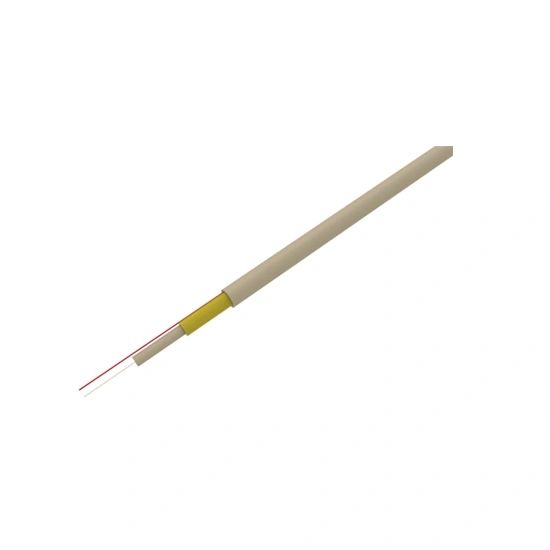Importance of Tensile Strength and Compressive Capacity in Indoor Optical Cables

Indoor optical cables are an integral component of modern communication networks, enabling high-speed data transmission over short distances. To ensure optimal performance and durability, these cables must meet specific requirements for tensile strength and compressive capacity. In this article, we will explore the significance of these properties in indoor optical cables, along with the standards and tests used to assess their performance.
Tensile Strength
Tensile strength refers to a cable's ability to withstand pulling forces without breaking or elongating excessively. It is a critical requirement as optical cables are often subjected to tension during installation and maintenance. Additionally, tensile strength helps prevent cable damage from external factors such as accidental impacts or tension caused by cable routing.
The International Electrotechnical Commission (IEC) has established standards for the tensile strength of indoor optical cables. These guidelines specify the minimum breaking force (MBF) that a cable should possess to ensure optimal mechanical stability. Manufacturers must conduct rigorous tests to verify the cable's compliance with these standards, ensuring that the tensile strength meets or exceeds the specified requirements.
Compressive Capacity
Compressive capacity, also known as crush resistance, refers to a cable's ability to withstand external pressure without damage. In indoor environments, optical cables may be exposed to compression forces due to factors like tight cable routing, heavy equipment, or accidental pressure. Thus, a high compressive capacity is essential to maintain the integrity and longevity of the cable.
The compressive capacity of indoor optical cables is typically evaluated through tests conducted in accordance with industry standards, such as those defined by the IEC. These tests involve subjecting the cable to specified compression loads for predetermined durations and assessing any resulting damage. By ensuring compliance with the relevant standards, manufacturers can assure users that the cables possess the necessary crush resistance for reliable performance.
Conclusion
In conclusion, the tensile strength and compressive capacity of indoor optical cables play vital roles in their performance and longevity. Meeting the requirements for these properties is crucial to ensure the cables can withstand tension during installation and resist compression from various environmental factors. By adhering to industry standards and conducting rigorous testing, manufacturers can provide reliable and durable optical cables that support efficient data transmission in indoor settings.



